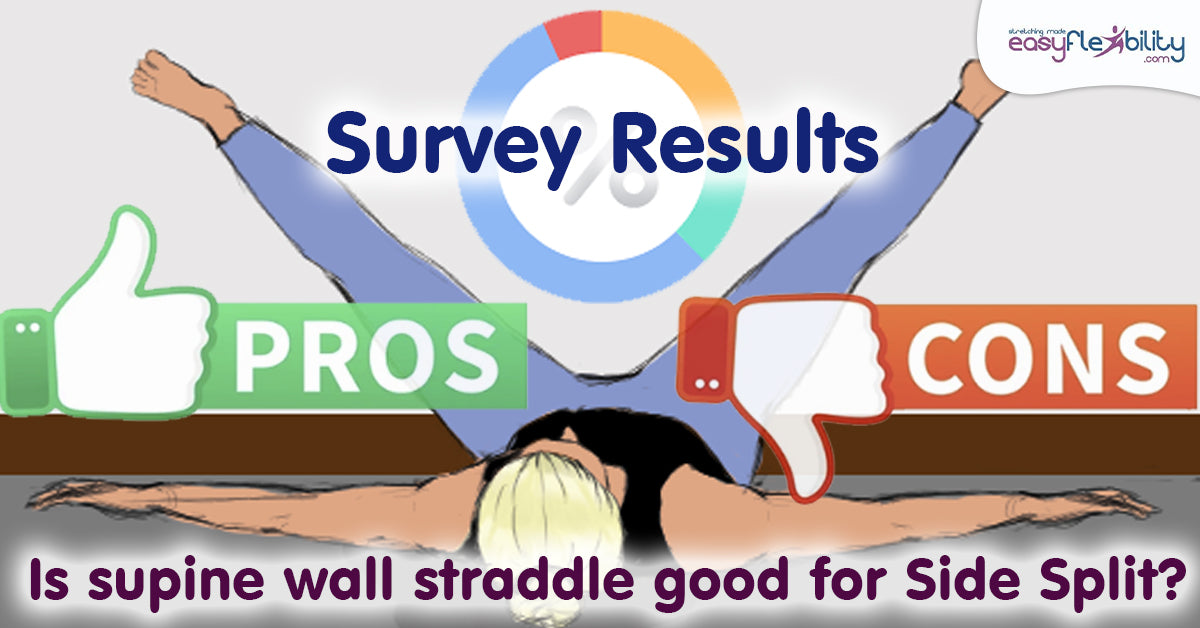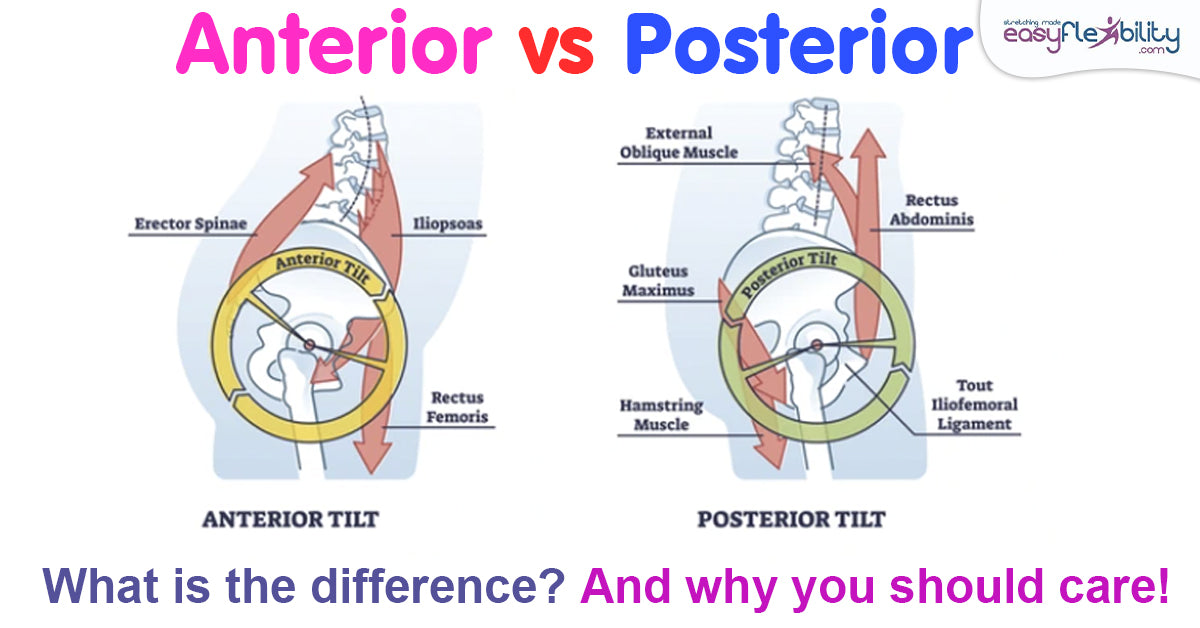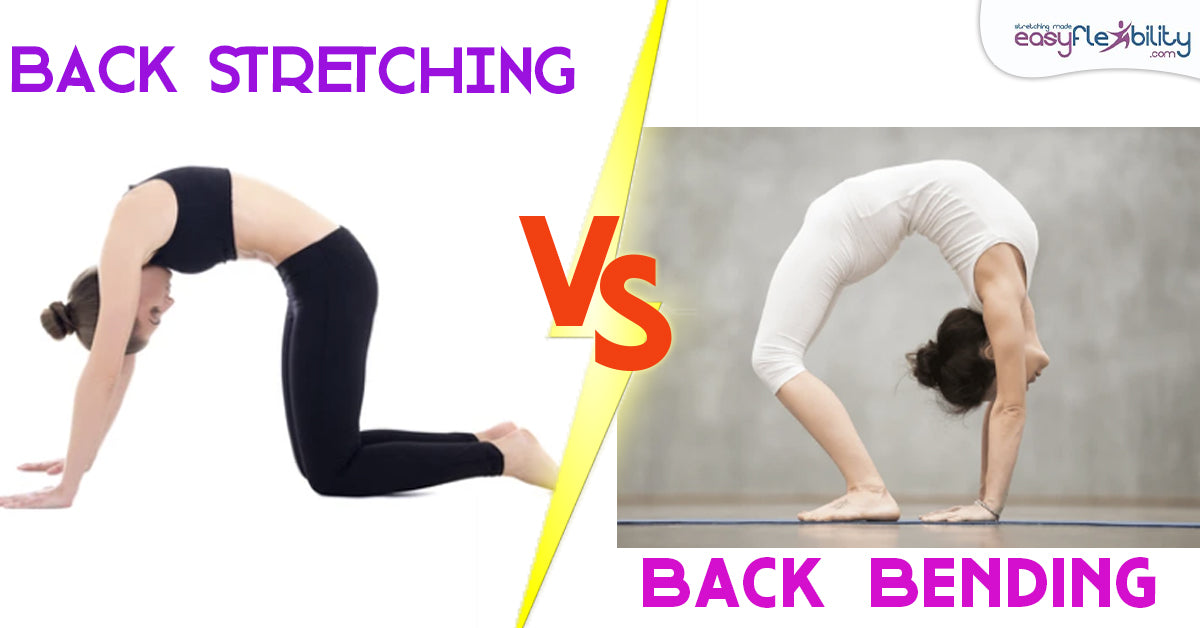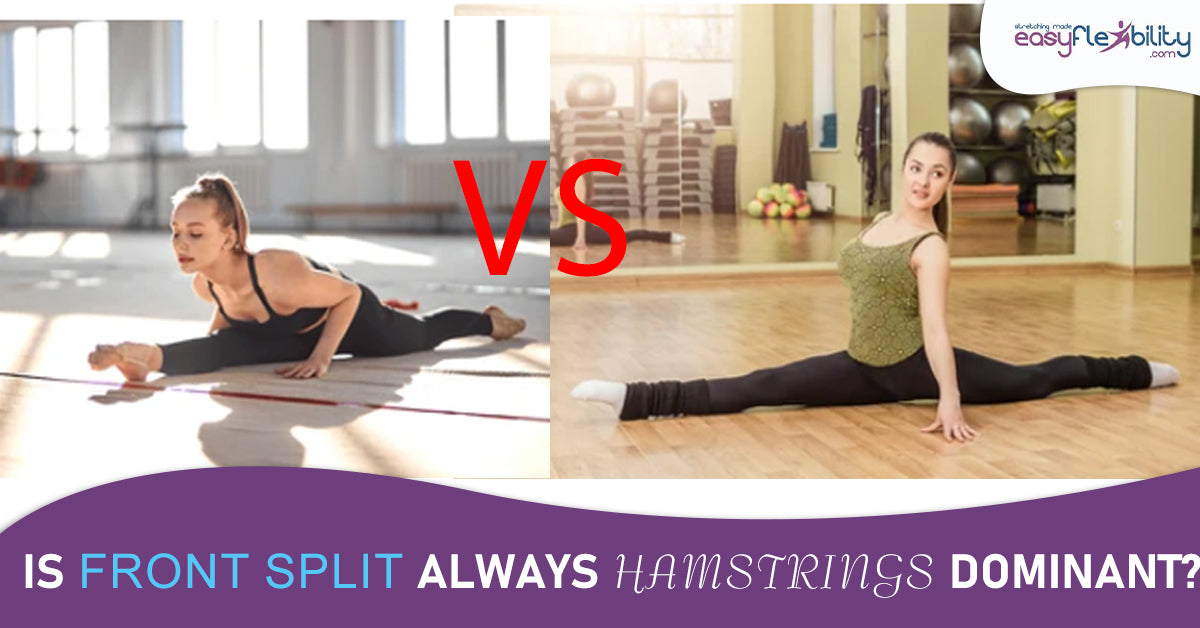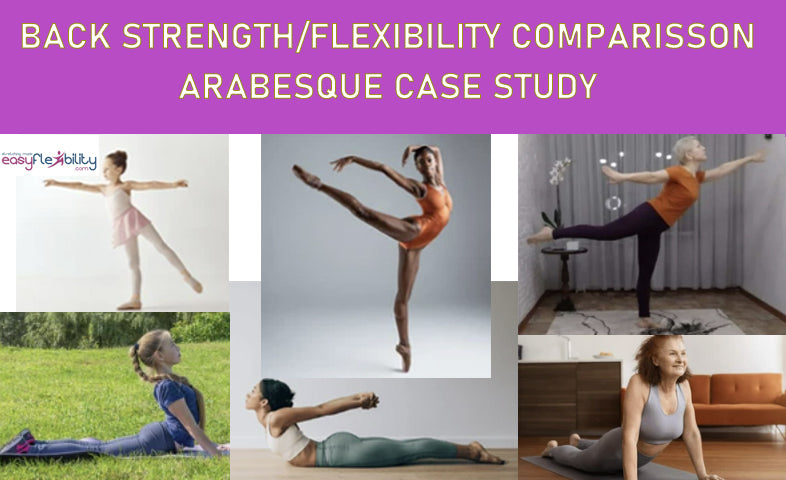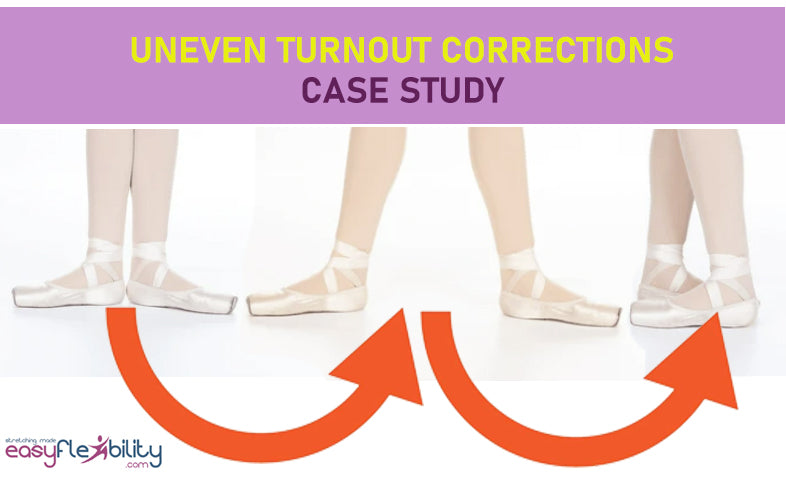Re-injuring Yourself All The Time? There Is A Hidden But Common Reason Why
Posted by Paul Zaichik on

This cause of injury is so common and yet most people are completely blind to it.

You see most people are not flexibility-wise balanced. One side of the body is usually tighter than the other. This happens due to many causes:
- Individual’s occupation,
- location where tension is carried,
- effect of injuries
- and many other reasons.
This imbalance, if not focused on and taken into consideration when training, can be a reason why people get injured in the first place and then frequently re-injured.
Whatch this video
There are three main ways how bilateral flexibility imbalance causes injury. Any of them may apply to you or perhaps all three.
1. Playing catch up to the other side.

Imagine you are stretching your hamstrings. You did your left leg and then your right leg. Regardless of what stretching techniques you employ.

This can be Passive Stretching, Zaichik Stretching Technique, PNF, yoga, pilates it does not matter. You notice that you can comfortably hold your left foot with your hands. The right foot however you have to struggle to wrap your fingers around.
Without realizing what are doing, you begin to pull your body forward, while stretching the tighter side. You want to have the same flexibility on your right (less flexible) side as you have on your left. However “forceful flexibility balancing” is not a good idea.
Experience
Because of my specialization in flexibility, I have observed more students stretching than most people. After originally observing this phenomenon I would ask people; “Why are you pulling so hard into the stretch on this side?” the response: “Because my sides are not even and I want this to side to be as flexible as the other side”.
So by now you know what I am getting at here. The less flexible side will eventually get injured from over stretching. On a surface it seems that it will catch up, if you just stretch it more. After all you love your right and left side the same. You want to help the “tight” side. Truth is, you are not helping it.
Solution:
Let it progress at it’s own pace. It will catch up, but it won’t catch up instantaneously, right there and then (because you decided that it should) and be “happy” about it.
You can over stretch it a few times and make it look like both sides are even, but eventually it will give.
You are probably asking, “so I should just accept that one side will be more flexible than the other”. The answer is no, your tight side will get there, but later.
2. Bilateral exercise, without taking left-right difference into consideration.
Since we are talking about hamstrings lets stay with this muscle group for the second example. Imagine You perform a stiff legged dead lift. (This is an exercise where bending forward at the hips standing and coming back up against resistance.)

Your left hamstrings is more flexible. Right one is tighter. The end range should be dictated by the comfort of the right hamstring. If it’s not, the tighter muscle will get strained.
The mistake people make is to try to move into the range of the more flexible side. This puts the muscles of the tighter leg into the harms way. (P.S. The body can compensate and instead of the hamstrings the back can get injured).

Solution
Either do the exercises unilaterally and respect each sides range of motion or if doing bilaterally, stop when the tighter side is telling you to stop.
3.-Even skill execution expectation. This one is a combination of 1 and 2.
You do a skill or an exercise and not a stretch, but you do a unilateral skill, and try to forcefully even out the sides.

An example of the technique this mistake can be made in is Developpe forward or to the side in Dance or Front Kick in Martial arts.
Staying with previous example. Your left hamstrings is more flexible. Right one is tighter. The left foot comes up over your head when doing a developpe or a front kick, but the right leg only to your head level. Do you respect the difference? Unfortunately, most students and even teachers do not. The try to force the right side to do what the left side is doing.

Solution:
Accept the imbalance and let each side progress at it’s own pace.
In Conclusion
Don’t be concerned about a slow progress of one side or the other. It only makes sense that the tighter side will be improving somewhat behind the more flexible side.
- Even if the rate of progress is the same, the flexible side will always lead and get to the goal faster.
- Forcing the shorter side to catch up will only cause injury, which will slow down the progress. Listen to your body and your attentiveness will be handsomely rewarded.
If you found this article helpful you will find even more benefit from our online on demand video strength & flexibility training programs.
We've got over 100 programs that are designed to get you flexible fast, safe and easy!
We've got over 100 programs that are designed to get you flexible fast, safe and easy!
Goodbye, Painful Stretches
Hello! EASY, FAST and SAFE flexibility!
Hello! EASY, FAST and SAFE flexibility!
Imagine being as flexible as you want to be. And now, imagine doing so FAST, SAFE, WITH NO PAIN AND EASY!
If you want to get super flexible with a method that is fast, safe and easy you've come to the right place!
Zaichik Stretching Method is different from anything you've ever tried before!

The Magic of the Zaichik Stretching Technique:
- Scientifically designed by a world renowned fitness & flexibility expert Paul Zaichik, with over 30 years' experience in the field.
- Isolates muscle action one by one (to ensure they are doing their job).
- Takes care of the muscles that are tighter first.
- Allows easier focus, since you are working on one specific area at a time.
- You can do it All on your own! No pushing or bouncing is necessary, not even a partner!
- Remember that phrase 'No Pain - No Gain?', well it doesn't apply to our method. Each stretch is designed to be PAIN-FREE! Thereby eliminating discomfort and allowing you to continue training to achieve faster results.
- Totally safe, since it was designed according to what is natural for your body
- Gains are permanent and steady.
- It is very enjoyable to do.
- Results are visible right away since the stretch reflex is avoided, which means you'll get to show off your flexibility in no time!.

It's EASY to get started!
- Select a Program based on your goal.
- Login to your online Library.
- Join customer's only private support group.
- Start training.
- Keep track Of your progress with Stretch 180 App!
- No contracts or hidden fees, you pay one time and the programs are yours to keep forever in your online library!
Our programs are for ALL ages, ALL fitness levels and fitness backgrounds!*
No need to have any previous experience with stretching!
Easy to follow step by step instructions!
SHOP OUR PROGRAMS NOW!
We have hundreds of programs to choose from based on your flexibility goal. Not sure where to start? Click here to take our Goals quiz to find the right program for you!
Ready to get started?
Thousands of people worldwide have achieved the same results you're dreaming about and you can too!
Thousands of people worldwide have achieved the same results you're dreaming about and you can too!
Got my flexibility back after many years!
I have been a professional dancer for over 10 years this DVD is now part of my training regimen I had an average turnout, but with use of this program, I have seen amazing results. My body is in correct alignment and my knees are not stressed out, because my turnout is coming from the hip. Thank you Easy Flexibility, it feels great to do a Grand Plie !! Mary Ellen Valenti
SHOP NOW!
© ElasticSteel Corp., EasyFlexibility, Paul Zaichik, et. El., 2022. No part of the materials available through ElasticSteel.com, EasyFlexiiblity.com, site may be copied, photocopied, reproduced, translated or reduced to any electronic medium or machine-readable form, in whole or in part, without prior written consent of Paul Zaichik EasyFlexibility.com, Elasticsteel.com.. Any other reproduction in any form without the permission of Paul Zaichik EasyFlexibility.com, Elasticsteel.com is prohibited. All materials contained on this site are protected by United States copyright law and may not be reproduced, distributed, transmitted, displayed, published or broadcast without the prior written permission of Paul Zaichik, EasyFlexibility.com, Elasticsteel.com.
Share this post
0 comment




















































